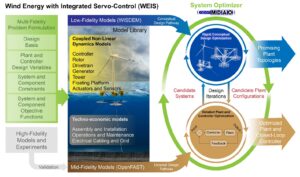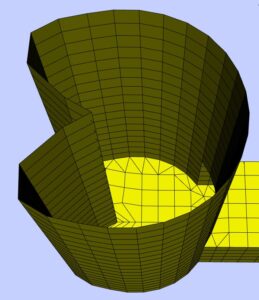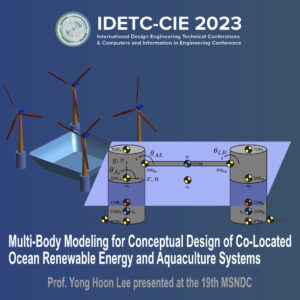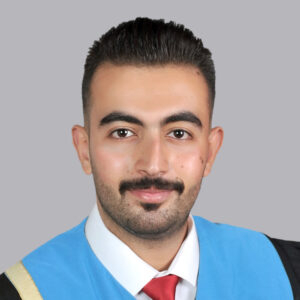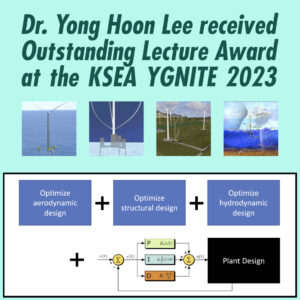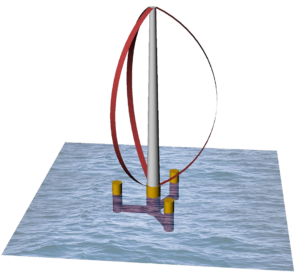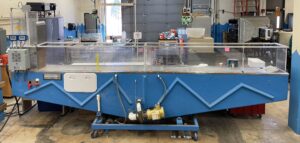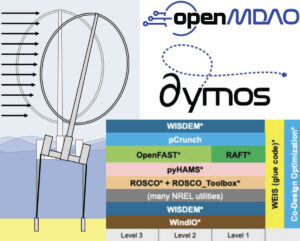Design Coupling Tool Development for Wind Energy with Integrated Servo-Control (WEIS) Framework
Design coupling tool enables a reduction in the number of design variables, while preserving sufficient design accuracy, resulting in a reduction in total design optimization cost. This project aims to develop design coupling analysis methodologies leveraging various modeling and analysis technologies, such as machine learning, surrogate modeling, and design process framework theories. The demonstration problem will be implemented in the Wind Energy with Integrated Servo-control (WEIS) toolset, based on the OpenMDAO-WEIS framework, and will identify groups of design variables that …
